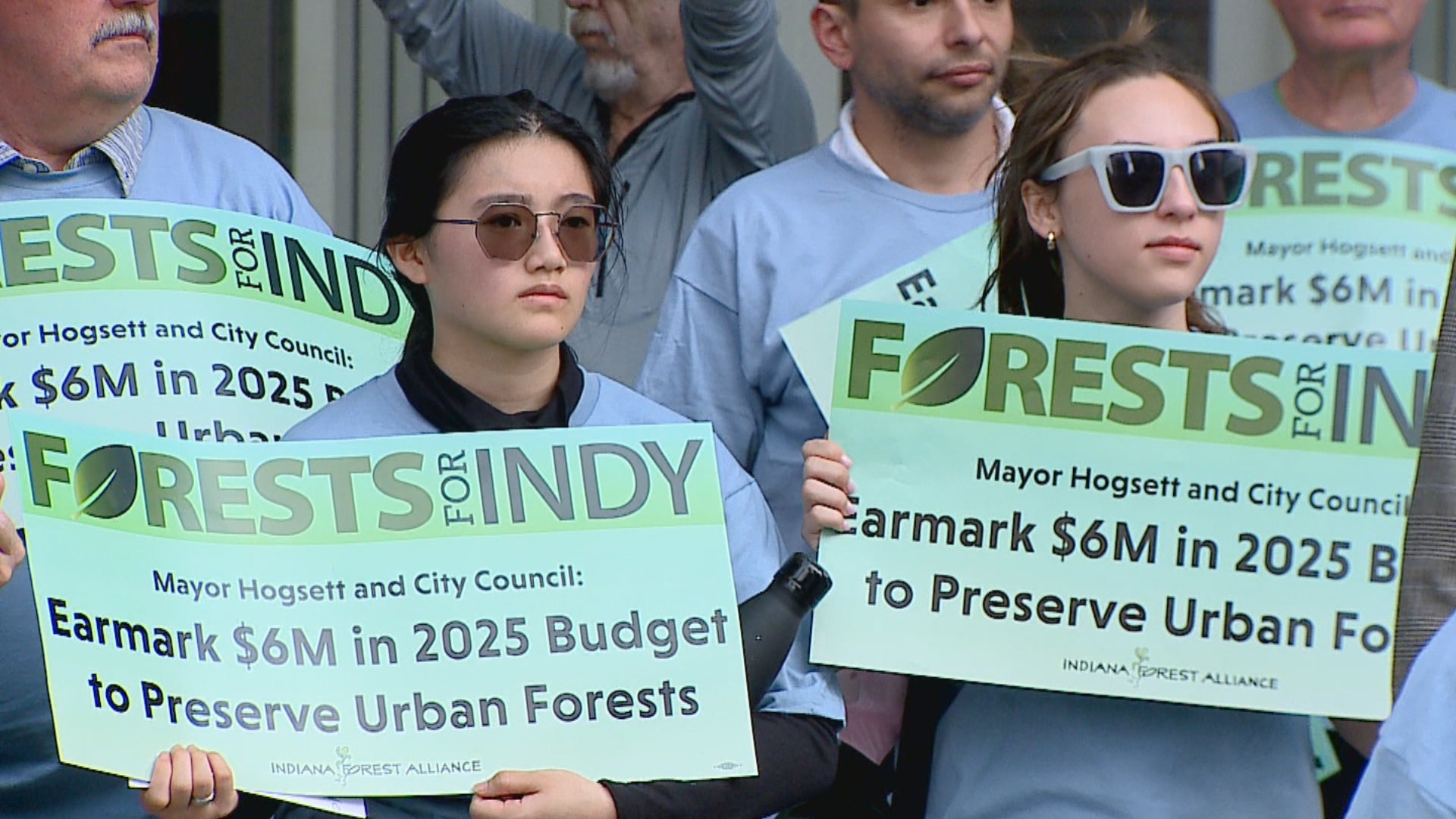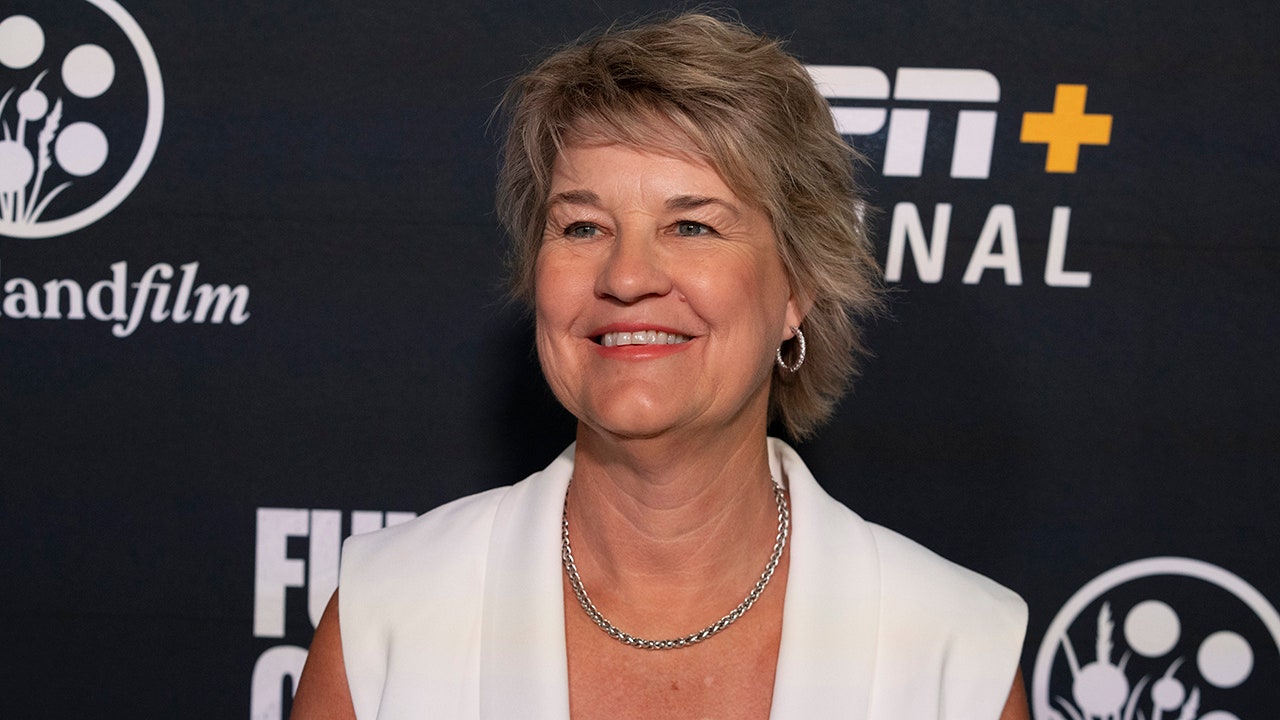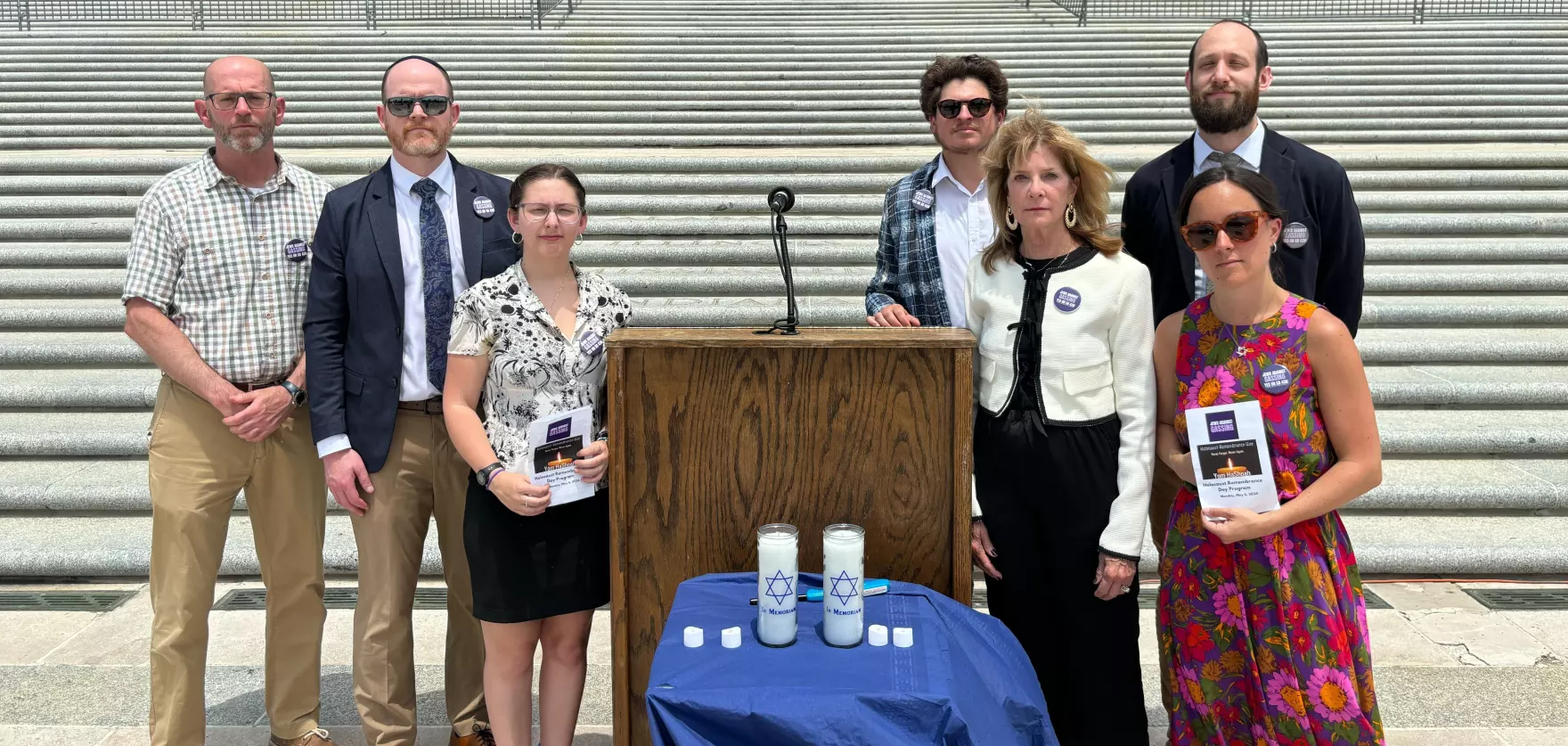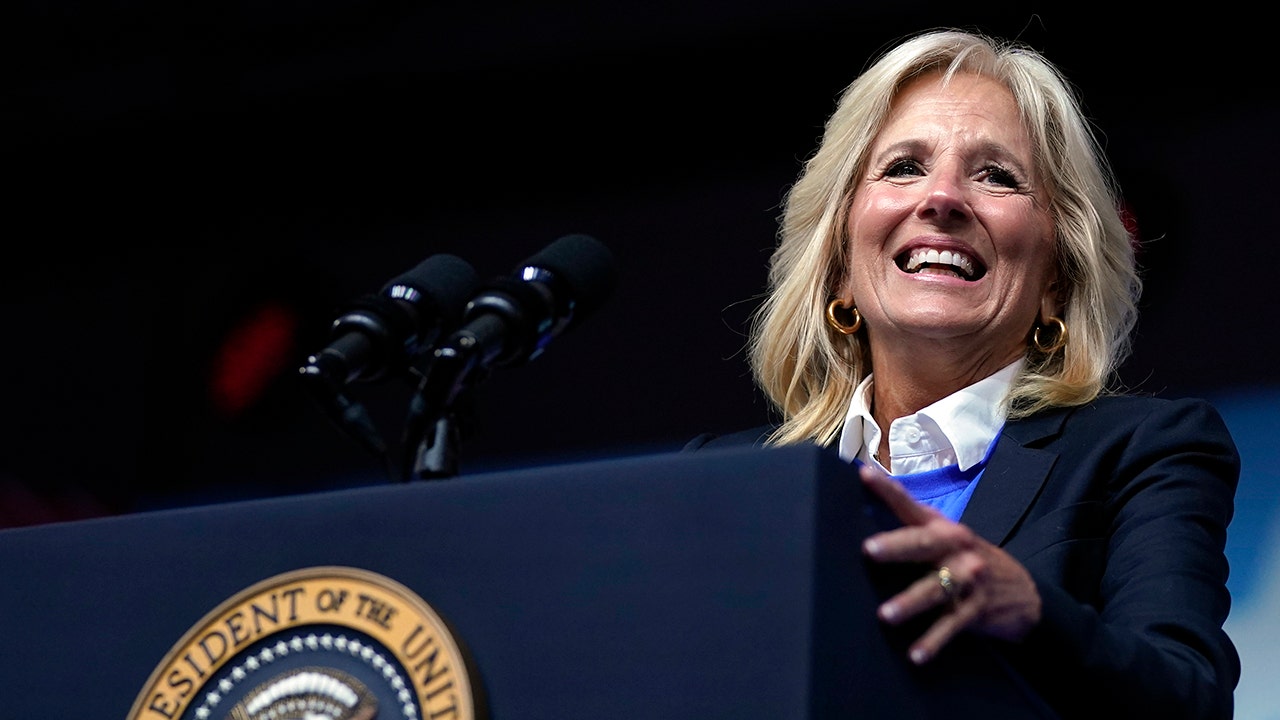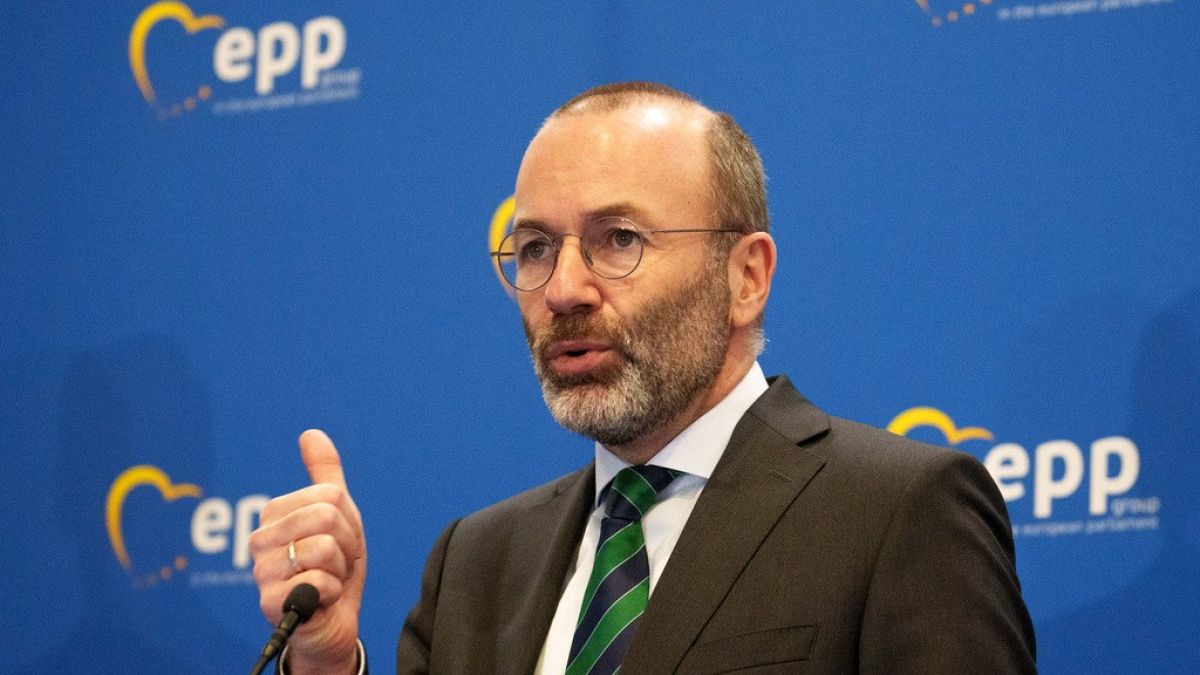South Dakota
One area winery brings home medals to the Mount Rushmore state

RAPID CITY, S.D. (KEVN) – The bars are buzzing as one Rapid City winery earns five medals in the San Francisco International Wine Competition, one of the oldest in the world.
Winemaker Adam Martinez sent samples from the Firehouse Wine Cellar in Rapid City to the judges in San Francisco, who conducted blind tastings and ranked the competitors with awards such as gold, silver, bronze, best of show, and best of class. Firehouse returned to the Rushmore State with one gold and four silver medals from the competition.
“You know, we were lucky and fortunate enough that they liked our wines out there. We’ve met on most years. And like we said, we got the best to class and some golds and double golds for our stuff. So that’s always exciting. Which last year, we did do best of class,” said Firehouse Wine Cellar Winemaker Adam Martinez.
The winery has been participating in the competition for seven years and looks forward to future competitions.
Copyright 2023 KEVN. All rights reserved.

South Dakota
Kristi Noem is barred from 20% of South Dakota as two more tribes bar her from lands

South Dakota Gov. Kristi Noem has been banned by two more tribes, leaving her unable to enter 20% of her state.
Six tribes total have now barred her from their reservations, with the Yankton Sioux Tribe and the Sisseton-Wahpeton Oyate Tribe voting last week to invoke their sovereign right to exclude her from their lands.
They joined the Oglala, Rosebud, Cheyenne River and Standing Rock Sioux tribes, which banned her earlier this year. Three tribes in the state who have not yet done so.
Noem has been trash-talking Indigenous Peoples and reservation life, alleging publicly that tribal leaders were neglecting children and the poor in favor of catering to drug cartels on their reservations.
“We’ve got some tribal leaders that I believe are personally benefiting from the cartels being there, and that’s why they attack me every day,” Noem said at a March forum. “But I’m going to fight for the people who actually live in those situations, who call me and text me every day.”
While reservations have been seeking solutions to crime problems, tribal leaders were stunned at her accusations.
“How dare the governor allege that Sioux Tribal Councils do not care about their communities or their children and, worse, that they are involved in nefarious activities?” Oglala Sioux Tribe President Frank Star Comes Out said in April.
The Sisseton Wahpeton Oyate Tribe said Noem was banned for statements and actions deemed “injurious to the parents of tribal children,” KELO-TV reported.
Also offensive to tribes is Noem’s desire to send razor wire and security personnel to Texas to stop migrants from trying to cross into the U.S. from Mexico.
The governor was already facing criticism revealing in her memoir that she shot a 14-month-old puppy for misbehaving, along with a “disgusting, musky, rancid” goat her family owned. She detailed the killings in her memoir released last Tuesday, describing how wirehair pointer Cricket got the death penalty for being aggressive and untrainable.
With News Wire Services
South Dakota
Canadian wildfire smoke causes air quality alert in South Dakota • South Dakota Searchlight

The South Dakota Department of Agriculture and Natural Resources issued an air quality alert Monday for areas of South Dakota where smoke from wildfires in Canada has settled.
The alert is in effect through Tuesday, or until conditions improve.
Elderly people, young children and people with respiratory problems are the most susceptible to the smoke, the department said, adding that all people should avoid excessive physical exertion and minimize outdoor activities during periods of low visibility caused by the wildfire smoke. People are also encouraged to keep indoor air clean by closing windows and doors.
Air pollution can aggravate heart and cardiovascular disease as well as lung diseases like asthma and COPD. When the air quality is unhealthy, people with these conditions may experience symptoms such as chest pain, shortness of breath, wheezing, coughing or fatigue. Anyone concerned about health effects related to poor air quality should contact their health care provider.
The department provides air quality data on its website for several locations in South Dakota. Hourly fine particulate matter (PM2.5) values greater than 35 micrograms per cubic meter (ug/m3) are a concern to public health.
South Dakota
Report identifies factors leading to high child Medicaid disenrollment in SD

A new report underscores the percentage of South Dakota disenrolled from Medicaid coverage due to the public health emergency unwinding.
Researchers with the Urban Institute point to three policies that led to the large decrease.
States with high Medicaid disenrollment rates — like South Dakota — also saw high child disenrollment. Last year, the federal government reported a 27 percent in Medicaid enrollment for South Dakota kids.
A new report, created in conjunction with the Robert Wood Johnson Foundation, points to three state policy decisions contributing to those high rates.
“South Dakota is a good illustration of basically all of the things we highlighted in that paper,” said Matthew Buettgens, a senior fellow at the Urban Institute and one of the researchers who compared Medicaid enrollment data with projections.
Buettgens said states that took less than 12 months to disenroll Medicaid applicants had higher disenrollment.
States that prioritized and identified people likely to be ineligible also saw higher child disenrollment.
The Center for Medicaid and Medicare Services allowed states to apply for over a dozen waivers to streamline the unwinding process and reduce the number of people who are unnecessarily disenrolled. Of those fifteen waivers, the state only applied for one.
“That certainly is contributing to the high child disenrollment,” Buettgens said. “It’s not at all clear that that’s the entire story. Because the child disenrollment is so high, there very well may be something else going on.”
The rate of child disenrollment from Medicaid in South Dakota alarmed federal officials last year. US Health and Human services sent a letter to the Noem administration urging it to adopt policies to make Medicaid renewal easier.
In January, state officials attributed the drop in child Medicaid coverage to rising incomes and said they’re following federal guidance for disenrolling children.
In a statement, DSS Secretary Matt Althoff said the department followed all federal guidance during unwinding. He adds all renewals are examined based on eligibility requirements set forth in the state Medicaid plan, which was approved by the feds.
South Dakota Department of Social Services Secretary Matt Althoff full statement:
The South Dakota Department of Social Services has followed all federal guidance during unwinding. All renewals have been examined based on the eligibility requirements set forth in the state’s Medicaid plan, which has been reviewed and approved by the federal government. DSS is confident in the results from our unwinding efforts.
Regarding the UI report, South Dakota is called out in this report based on projections that the study authors alone created. In fact, the report itself acknowledges that state-specific economic factors and employment rates can cause Medicaid enrollment to deviate from their projected trends (second paragraph under limitations, pdf page 14). UI’s analysis is based on estimates of past enrollment trends in their Health Insurance Policy Simulation Model (HIPSM) which they used to project a future enrollment rate. But the study author’s note that for smaller states, there is greater uncertainty in those projections. DSS also notes the study’s acknowledgment that increased economic growth in a state reduces its Medicaid enrollment (UI report executive summary).
DSS offers essential context in which to review Unwinding data for South Dakota:
- Medicaid and CHIP enrollment in South Dakota were steadily declining prior to the start of the public health emergency.
- The policies mentioned in the UI report are not part of the state Medicaid Plan
- South Dakota’s Plan for Unwinding, which was approved by CMS, projected enrollment rates to decline and trend toward pre-pandemic levels. Indeed, this is precisely what occurred.
- The percentage of children enrolled in South Dakota Medicaid declined by 0.32% per year between 2020 and 2023, comparable to the previous two years decline of 0.30% per year.
- South Dakota concurrently experienced declining numbers for SNAP, TANF and CCA (Child Care Assistance) over the same time period measured in the UI report.
- South Dakota had the 4th lowest rate of procedural closures (for administrative rather than income basis) in the nation. (KFF Health News tracker)
-

 Politics1 week ago
Politics1 week agoAustralian lawmakers send letter urging Biden to drop case against Julian Assange on World Press Freedom Day
-

 World1 week ago
World1 week agoBrussels, my love? Champage cracked open to celebrate the Big Bang
-
News1 week ago
A group of Republicans has united to defend the legitimacy of US elections and those who run them
-

 Politics1 week ago
Politics1 week agoHouse Dems seeking re-election seemingly reverse course, call on Biden to 'bring order to the southern border'
-

 World1 week ago
World1 week ago‘It’s going to be worse’: Brazil braces for more pain amid record flooding
-

 Politics1 week ago
Politics1 week ago'Stop the invasion': Migrant flights in battleground state ignite bipartisan backlash from lawmakers
-

 World1 week ago
World1 week agoGerman socialist candidate attacked before EU elections
-

 World1 week ago
World1 week agoSpain and Argentina trade jibes in row before visit by President Milei






